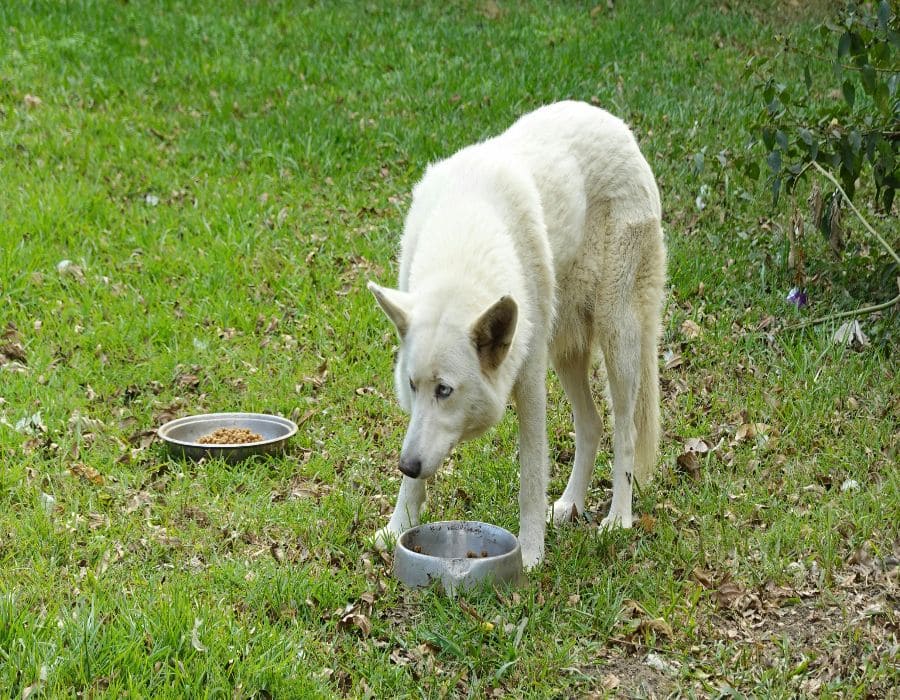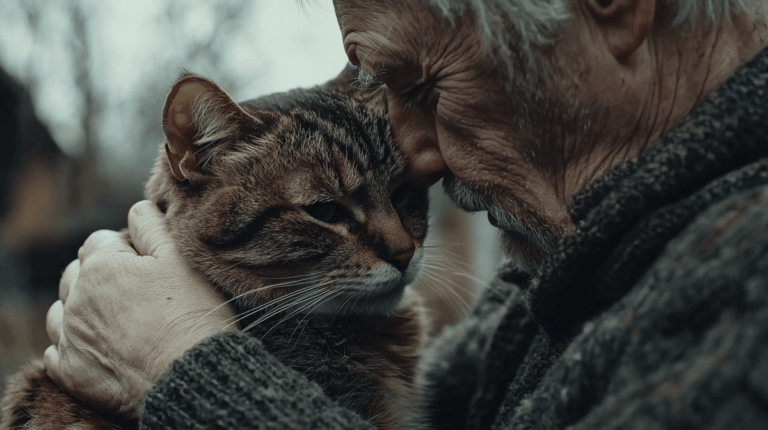13 Reasons Why Your Dog Isn’t Eating and How to Help Them Thrive
As a dog owner, seeing your dog refuse food can be concerning, especially when they are usually enthusiastic about mealtime. Dogs can stop eating for many reasons, from minor issues to more serious health concerns. It’s important to pay attention to your dog’s eating habits and address any changes to ensure their health and well-being. Here are 13 reasons why your dog isn’t eating and how you can help them thrive.
1. Stress or Anxiety
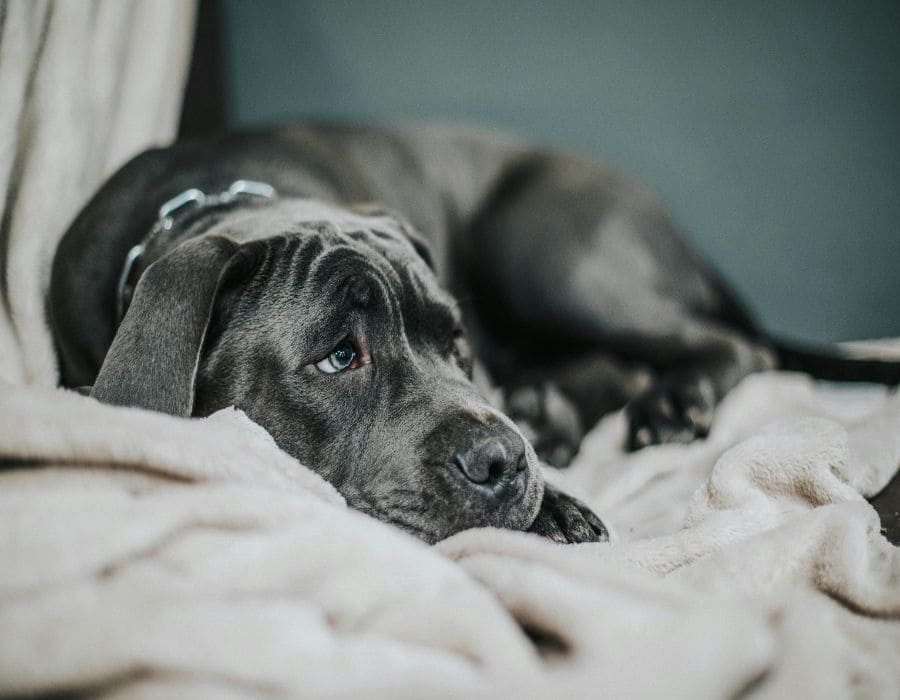
Stress is one of the most common reasons for a dog to refuse food. Changes in their environment, such as moving to a new home, the arrival of a new pet, loud noises, or even separation anxiety can all affect a dog’s appetite. If you suspect stress is the cause, try to create a calm and consistent routine for your dog. Offering a quiet and safe space for them to eat can also help alleviate anxiety and encourage them to eat.
2. Health Problems or Illness
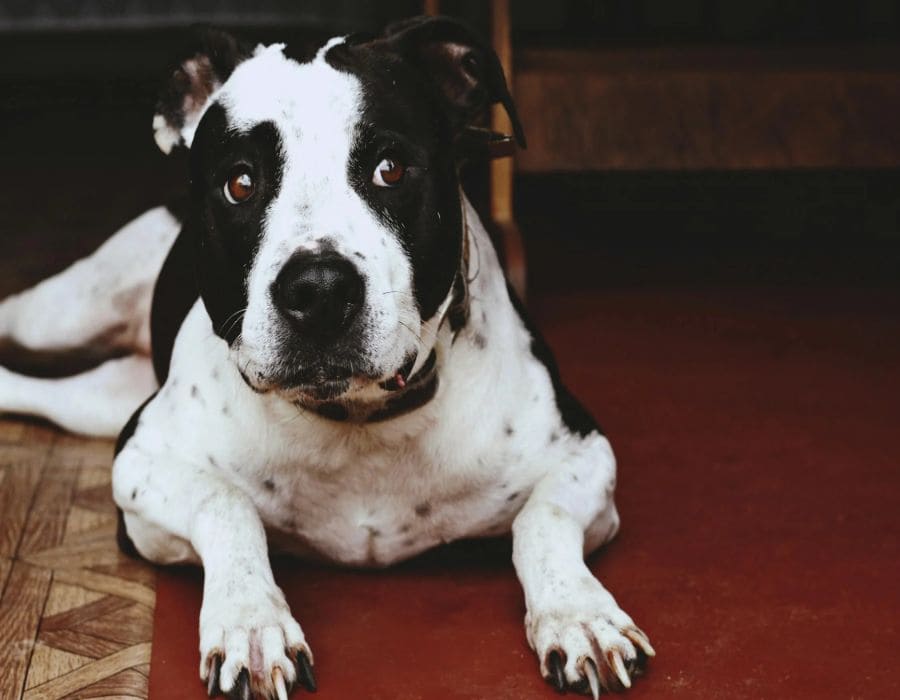
Various health issues, including gastrointestinal problems, kidney disease, or dental issues, can make eating uncomfortable for your dog. If your dog’s lack of appetite is accompanied by symptoms like vomiting, diarrhea, lethargy, or excessive drooling, it’s crucial to visit the vet for a proper diagnosis and treatment. Early intervention can help address health problems before they worsen.
3. Pain or Injury

If your dog is in pain, they may avoid eating because chewing or swallowing can exacerbate discomfort. Whether they’ve suffered an injury or are dealing with joint pain (such as arthritis), it’s important to assess their physical condition. Limping, whining, or reluctance to move are signs of pain that require attention. Visiting the vet for pain relief treatment can help restore their appetite.
4. Teething or Dental Problems
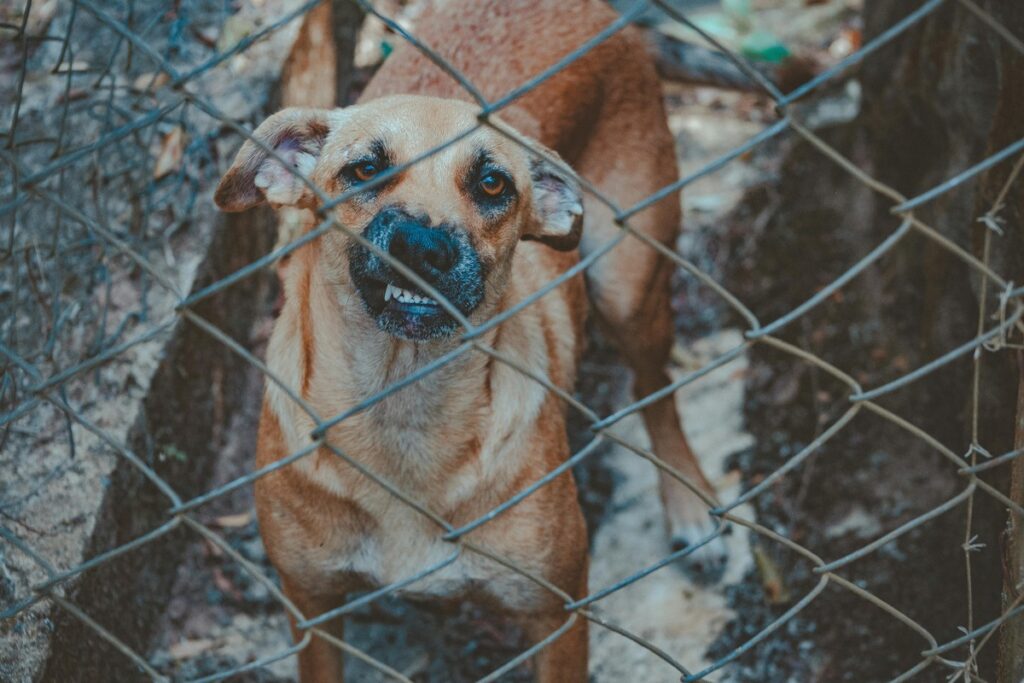
For puppies, teething can make eating painful, as their teeth are growing in and causing discomfort. For older dogs, dental issues such as gum disease or tooth decay may also lead to a loss of appetite. If your dog is avoiding certain types of food or showing signs of mouth discomfort (like pawing at the mouth or drooling excessively), it’s a good idea to schedule a dental check-up with the vet.
5. Change in Diet or Food Type
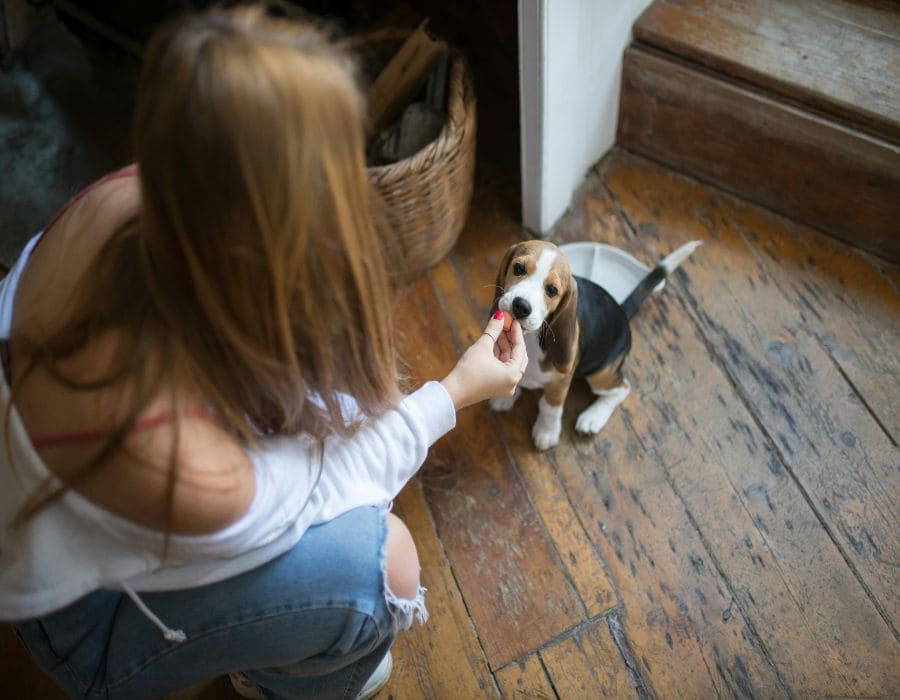
A sudden change in diet or food type can cause a dog to lose interest in their food. Dogs are creatures of habit, and they may not immediately accept a new food. If you’ve recently switched to a different brand or flavor, try gradually transitioning over the course of several days to avoid upsetting their stomach and encourage them to eat.
6. Nausea or Upset Stomach

Just like humans, dogs can suffer from nausea or an upset stomach, making them unwilling to eat. Vomiting, excessive salivation, and a lack of interest in food can indicate gastrointestinal distress. If your dog refuses food for more than 24 hours or shows signs of illness, take them to the vet for an evaluation and treatment.
7. Infections or Fever

Infections, whether they are caused by bacteria, viruses, or fungi, can lead to a decrease in appetite. Fever, lethargy, and a loss of interest in food can all signal an infection. If your dog shows signs of fever (hot ears or nose), or if they are visibly ill, it’s important to seek veterinary care to address the underlying infection.
8. Food Preferences
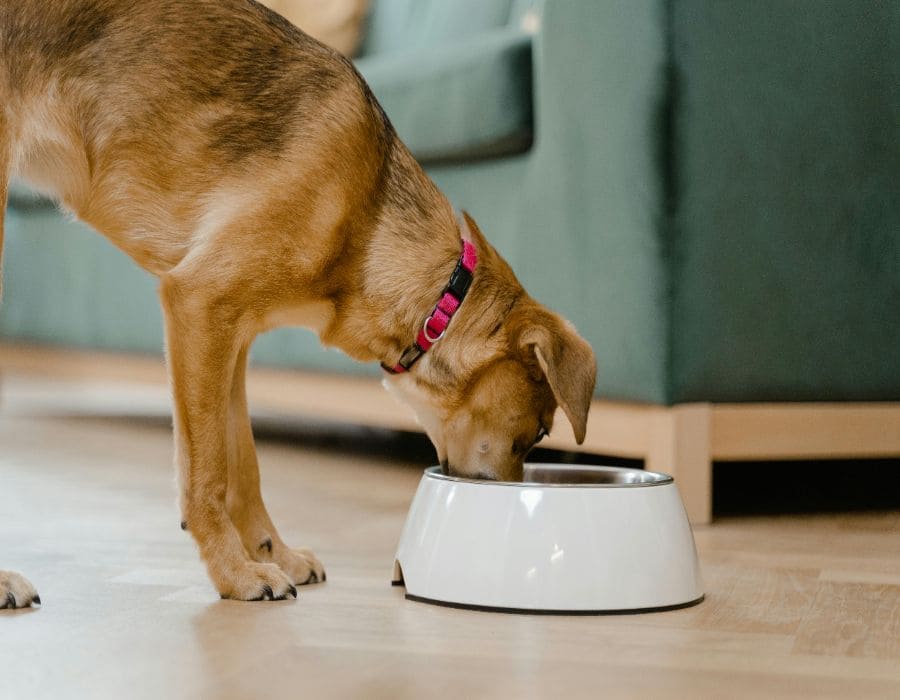
Some dogs are simply picky eaters, and they may refuse food because they don’t like the taste or texture of their current food. If your dog consistently refuses food, try offering a variety of flavors or textures, such as wet food, dry kibble, or a combination of both. Dogs, especially when they’re used to one type of food, can be very particular about their meals.
9. Parasites
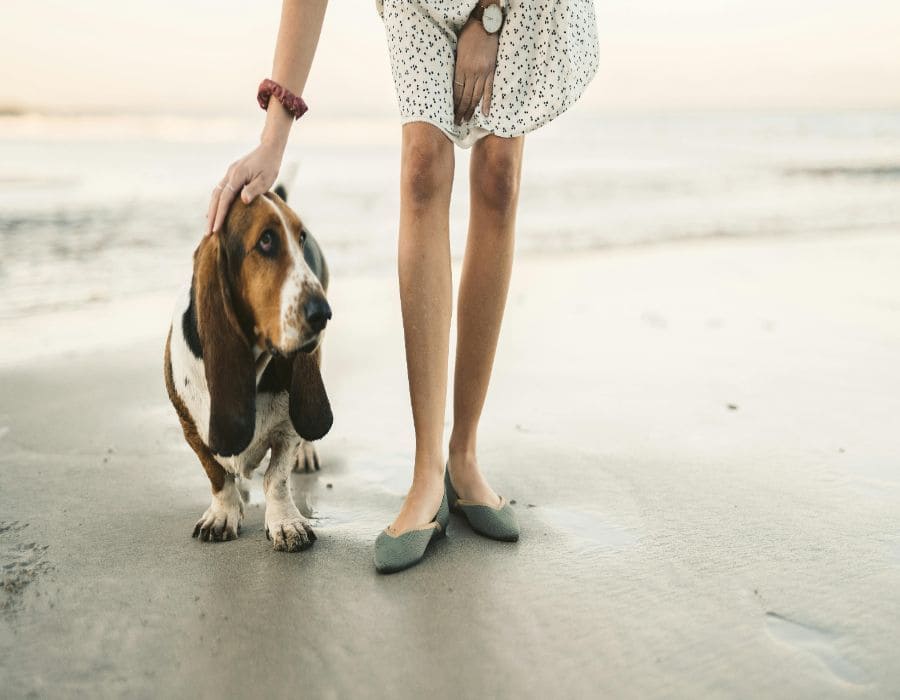
Intestinal parasites like worms can cause a loss of appetite in dogs. These parasites can irritate your dog’s digestive system, leading to nausea and discomfort. If your dog has a bloated stomach, vomits, or loses weight, they may have parasites. Your vet can perform a stool test and prescribe medication to treat the problem.
10. Age-Related Issues
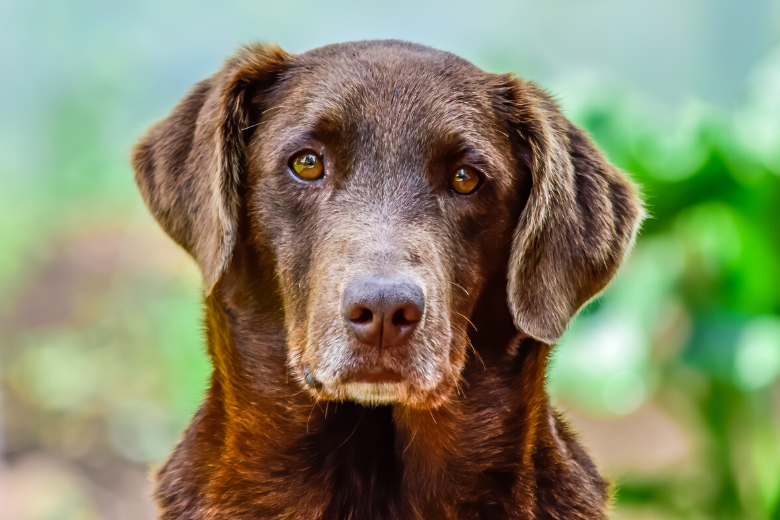
Older dogs may experience a decrease in appetite due to age-related health issues such as arthritis, dental problems, or cognitive dysfunction. Senior dogs often experience a decline in their sense of taste or smell, making food less appealing. Additionally, older dogs may be less active and have a lower metabolism, which can affect their appetite. Regular veterinary visits and diet adjustments can help support their health and stimulate their appetite.
11. Heat Cycle (Estrus)
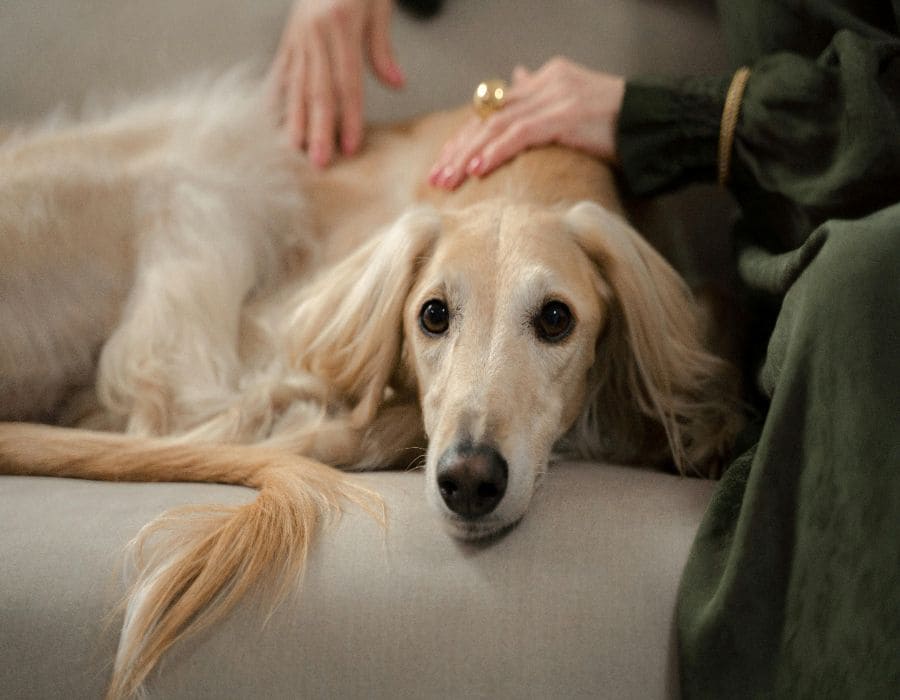
Female dogs that are not spayed may refuse to eat during their heat cycle (estrus). The hormonal changes that occur during this time can cause a loss of appetite, along with increased vocalization, restlessness, and mood changes. If you suspect your female dog is in heat, try to be patient. Spaying your dog can help alleviate these issues and prevent future heat cycles.
12. Medications or Vaccinations
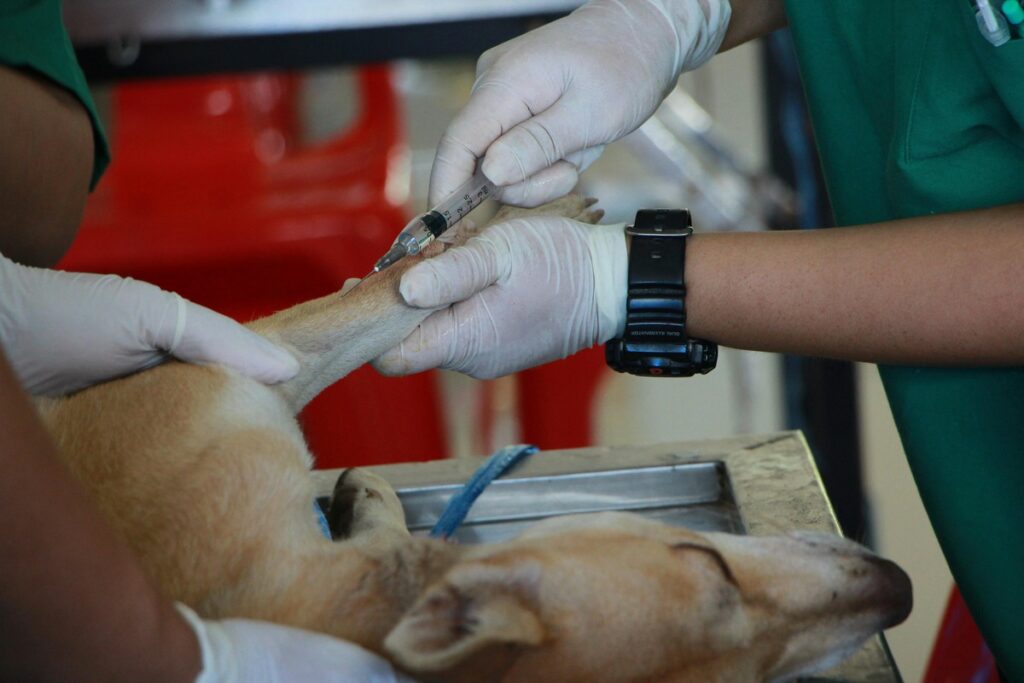
Certain medications, such as antibiotics, pain relievers, or chemotherapy, can cause side effects that affect your dog’s appetite. Some dogs may also refuse food after getting their vaccinations or preventative treatments like flea and tick medications. If your dog’s loss of appetite is linked to medication, speak with your vet to explore alternative treatments or ways to manage the side effects.
How to Help Your Dog Thrive
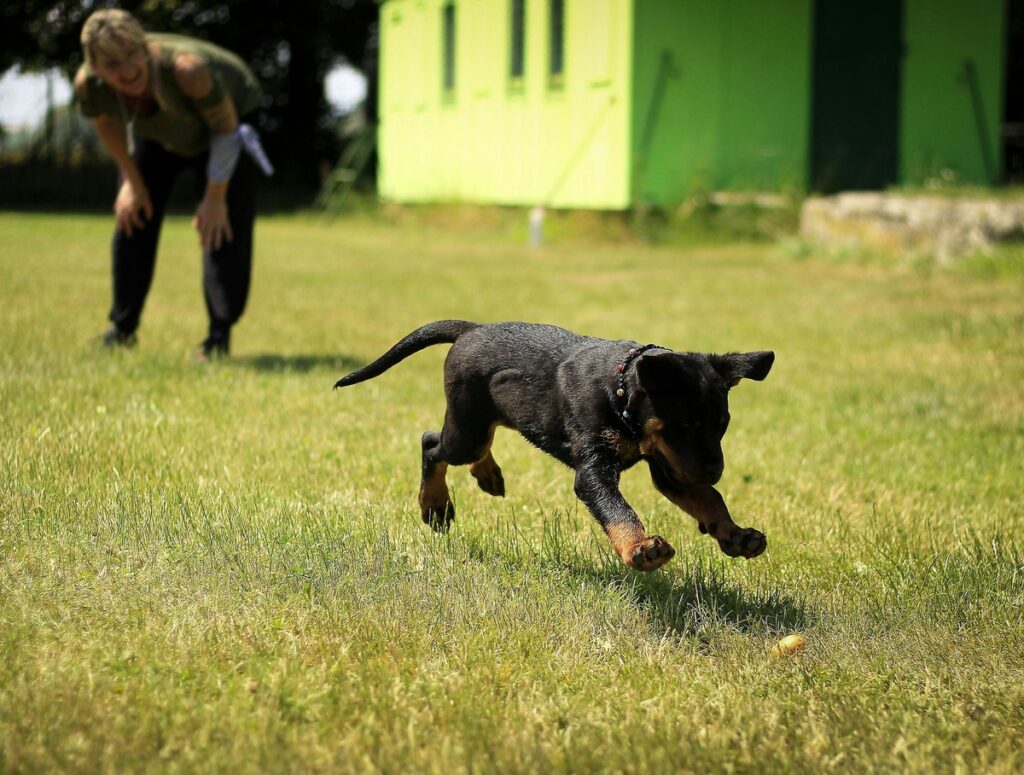
If your dog isn’t eating, there are several steps you can take to help them feel better and regain their appetite:
- Visit the Vet: If your dog’s loss of appetite persists for more than a day, it’s important to take them to the vet for a thorough check-up. This will help determine if there is an underlying health issue that needs to be addressed.
- Offer Fresh, Appealing Food: Try warming their food or offering highly palatable options like canned food, broth, or a small portion of cooked chicken to tempt them to eat.
- Maintain a Calm Environment: Minimize stress by keeping your dog in a quiet and safe space. Offer them plenty of attention, but avoid overwhelming them with loud noises or new changes.
- Encourage Hydration: If your dog isn’t eating, it’s important to make sure they’re drinking enough water. Dehydration can worsen the situation, so try offering water in a bowl, or use a syringe (without the needle) to help them drink if they’re not drinking on their own.
Conclusion
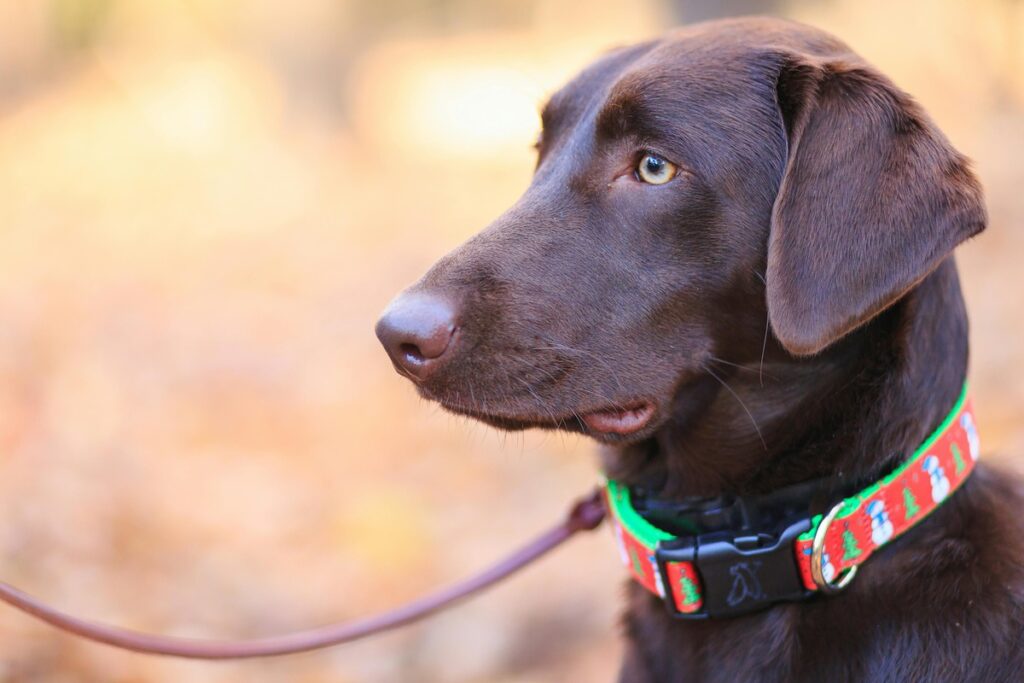
There are many reasons why your dog might not be eating, from stress and illness to food preferences and age-related issues. By paying close attention to your dog’s behavior and seeking veterinary advice when needed, you can address the underlying cause of their lack of appetite. Providing your dog with the proper care, nutrition, and a stress-free environment will help them thrive and return to their happy, healthy self. If you ever notice persistent changes in their eating habits, don’t hesitate to consult your veterinarian to ensure your dog remains in good health.

